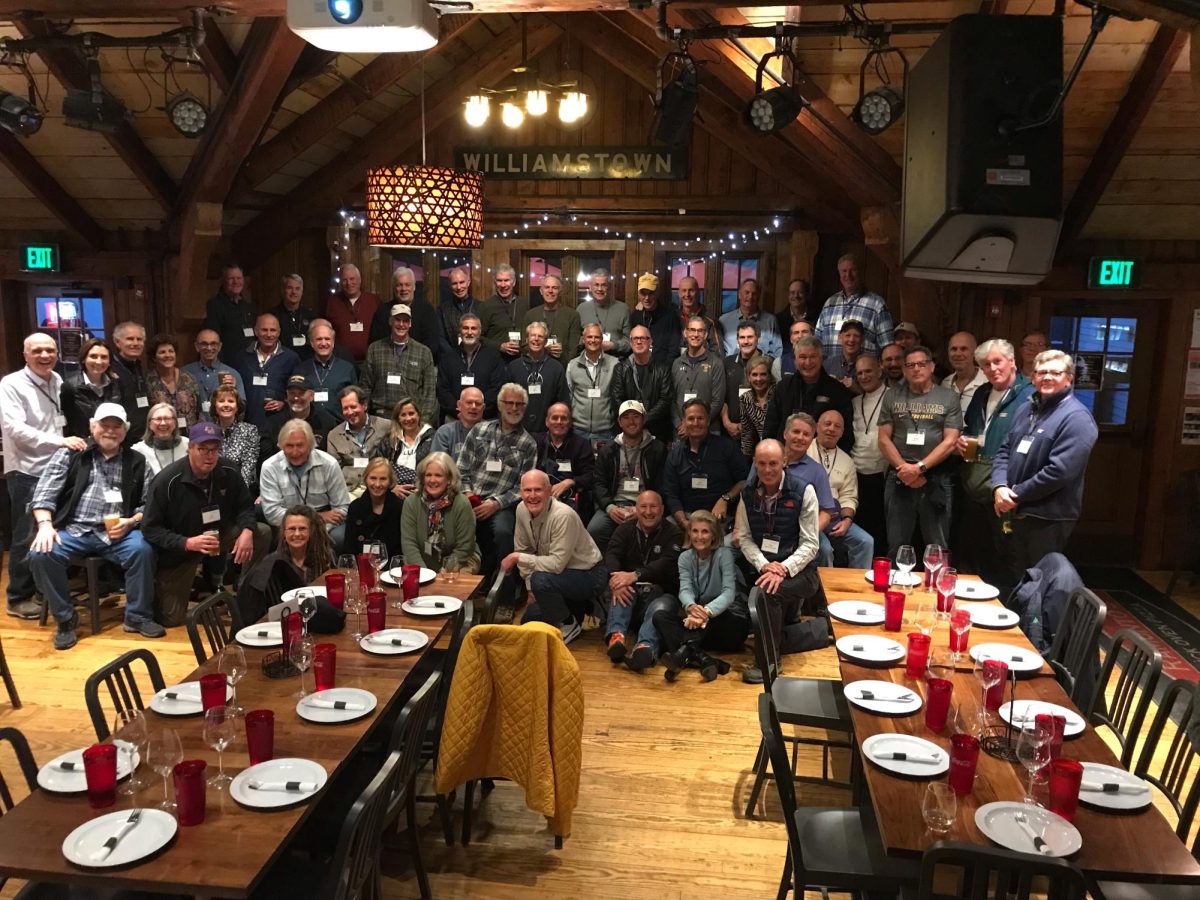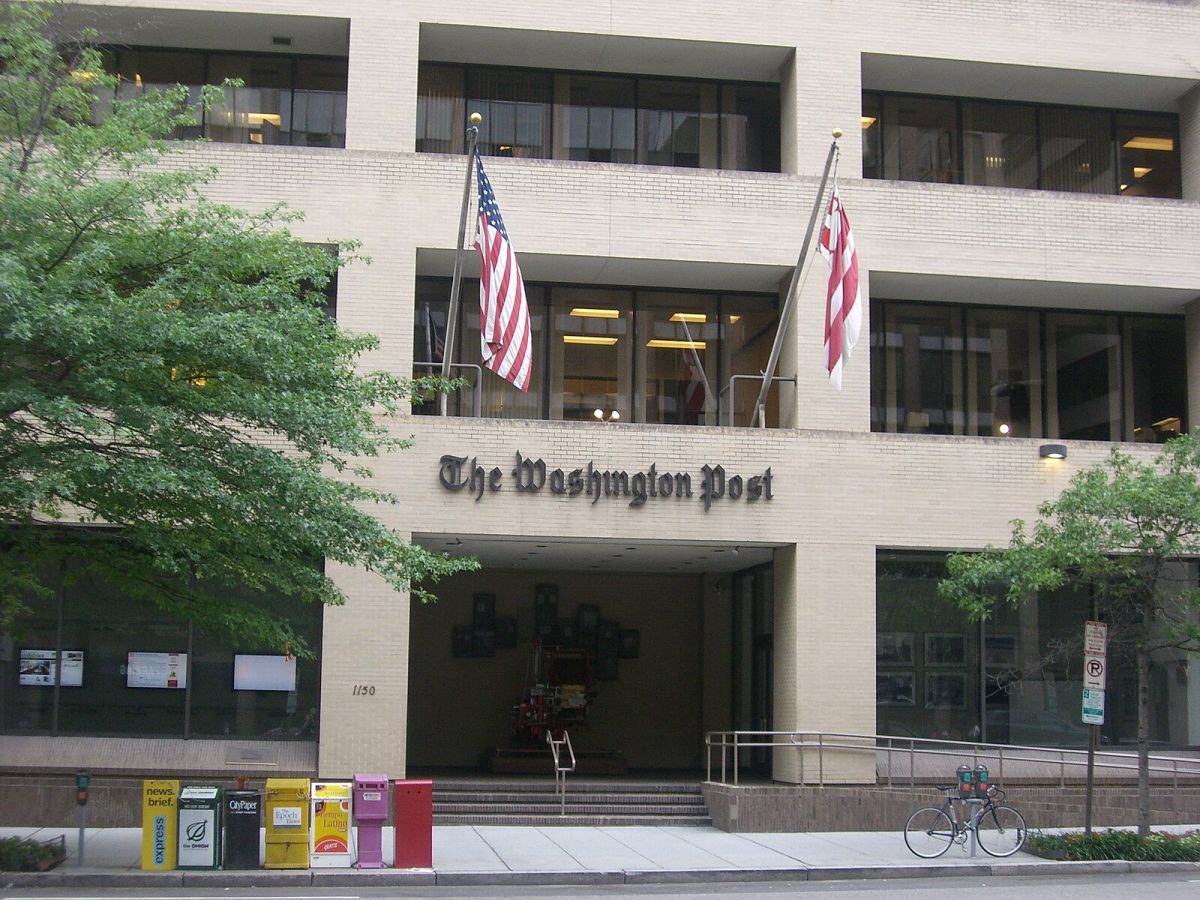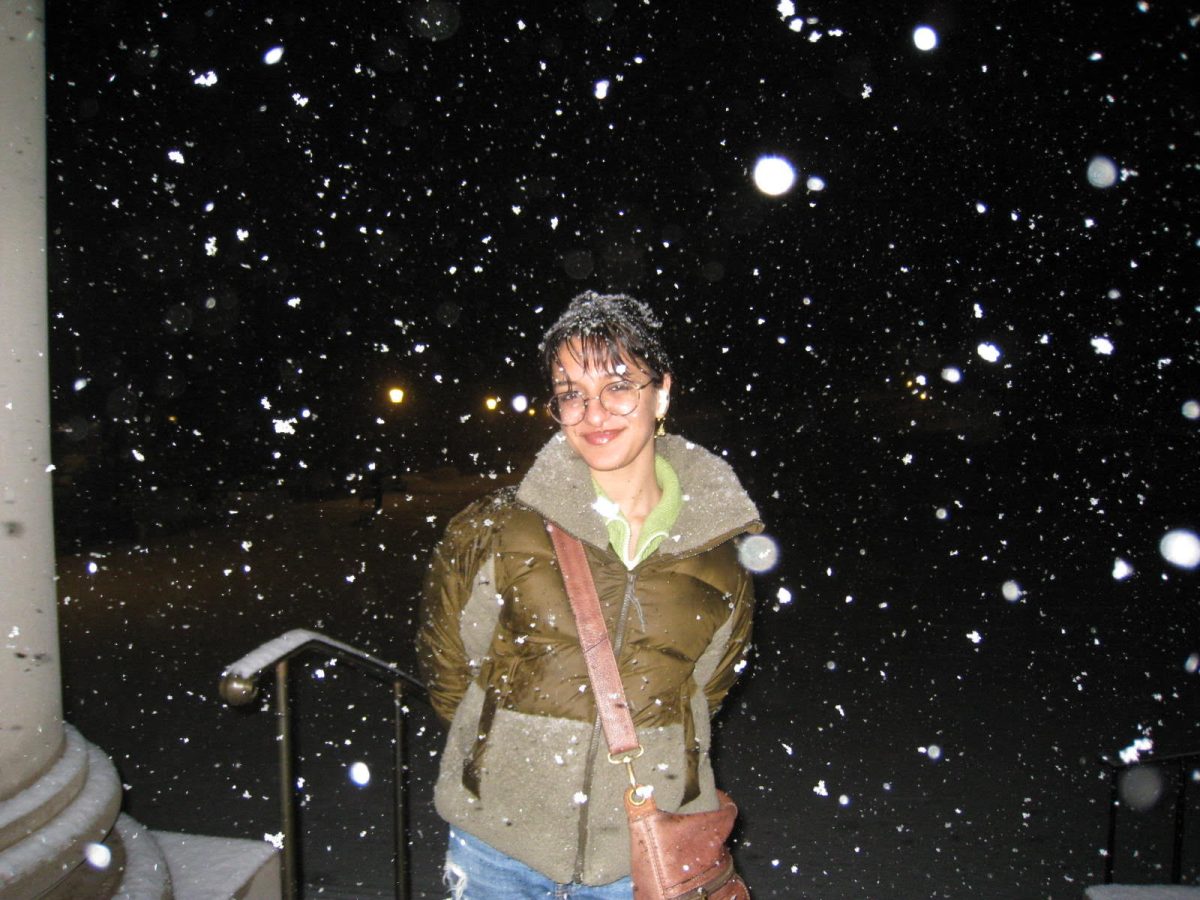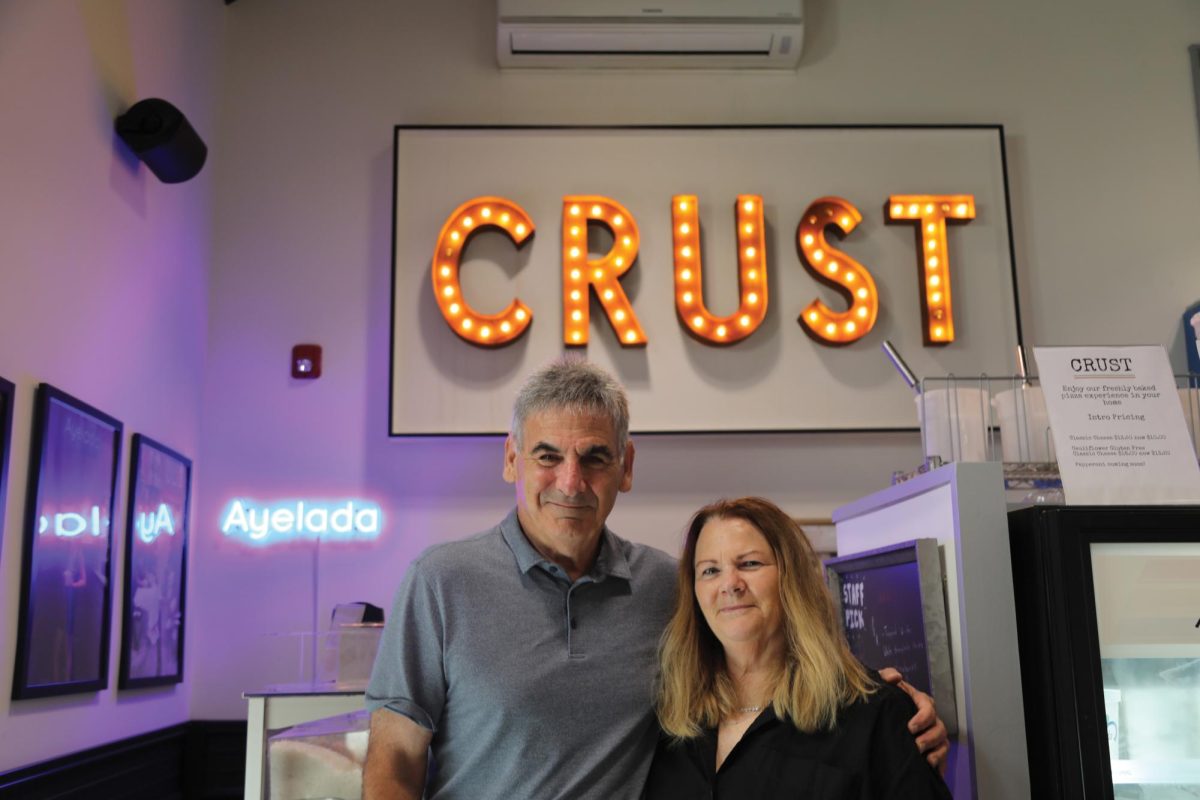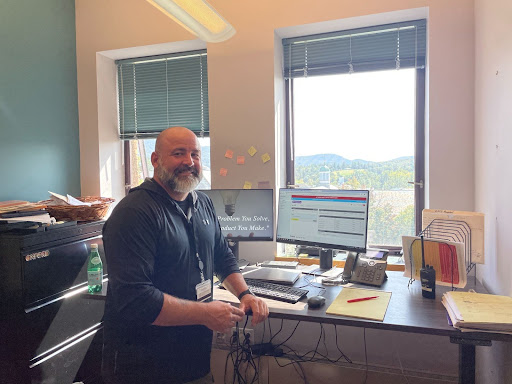
Whether you spent the time off from classes assisting a faculty member with research in Williamstown, holing up in a Financial District office for a glitzy investment banking internship, or wiping the noses of snotty children at your childhood sleepaway camp, there was one throughline in every Williams student’s summer: You received a lot of emergency alerts.
First it was the suspicious package in late May, which prompted an afternoon of automated phone calls, each spaced 30 minutes apart, with limited updates about the potential threat. With June came heat advisories, thunderstorms, and downed 911 services, along with timely emails or text alerts for each. July brought power outages, more thunderstorms, and a bomb threat that prompted even more phone calls. And August, well, you get the point.
“You’re not wrong,” Amalio Jusino, the College’s director for emergency management and associate director of Campus Safety Services (CSS), told me after I rattled off this list in his office. “It was a busy summer.”
Jusino, who has held his position since January 2022, has made a career out of emergency management and response. He serves as the chair of the Northern Berkshire Regional Emergency Planning Committee, which unites eight nearby communities in emergency mitigation and planning.
He also knows that not all College community members appreciate an inbox flooded with emergency messages.
“I tell people all the time, ‘Hey, I’m the one that sends out those messages,’” he said. “I either get a lot of thumbs-ups or an angry face.”
To Jusino, however, campus alerts serve three purposes: to abate the “rumor mill,” to limit the number of calls to CSS, and to assure community members that someone is handling an emergency situation.
“People always just like to have information,” he said. “In fact, people complain less when they’ve received a little more than they want, and they complain a lot when they haven’t received what they want.”
But after a high-volume of alerts this summer, Jusino and the communication team have made the decision to scale back texting alerts to only messages with a call to action — lockdowns, shelters in place, evacuations — and inform community members about less pressing matters by email alone.
“When people receive that notification that this afternoon there may be a thunderstorm, nobody cares because they’ve received it a thousand times,” he said. “If you get that emergency alert, though, that you haven’t seen in two years, you’re paying attention to this.”
In his role, Jusino told me, he’s constantly monitoring the weather in Albany and alerts from the Massachusetts Emergency Management Agency. And when a community member calls CSS with word of an emergency, “it works its way up to me,” he said.
After word of an alert-worthy warning reaches his desk — anything from adverse weather to an active shooter situation — Jusino typically collaborates with members of the College’s Office of Communications to craft a message to the community, often drawing from one of the dozens of pre-written templates for the most standard disturbances.
Then the message is inputted into Rave Alert, a mass notification system that the College adopted a year ago, before it manifests as an email, text message, or phone call on the recipient’s end with just a click.
As Jusino showed me the program, he put Rave in “training mode,” which allowed him to input dummy emergency messages into the system without the risk that he could accidentally send out an alert to the community. “It creates a little angst even though it’s in training mode,” he said, not wanting to replicate an incident at Amherst in 2022 when a technical error caused a series of false active shooter messages to be sent to students.
The College’s housing database is also integrated into Rave, allowing Jusino to send a message to the entire community (6,289 recipients), only faculty, staff, and students (3,778 recipients), or even a group as small as a single dorm. “It’s really robust,” he added.
But if the system can distinguish between a tenant of a College-owned property on Spring Street and a first-year in Mission Park, why would a summer intern at Goldman Sachs receive notice of a power outage while out on a coffee run, hundreds of miles away from any problems with the Williamstown grid?
“We do that because of people traveling,” Jusino said. “We don’t know who’s visiting.”
“If you’re an enrolled student,” he continued, “you get those notifications.”
Jusino is recently on a new mission to get the word out about Rave. (As he told me this, he directed my attention to his “Rave to-do list,” written on a white board in his office, where “branding” is one of the final unchecked items.)
“We want people to know that it is the College’s program,” he said. “And we don’t want people to opt out.”
“It’s really designed for your safety,” he said — both to me, and the broader community he looks after. “Let it be part of your time at Williams.”




